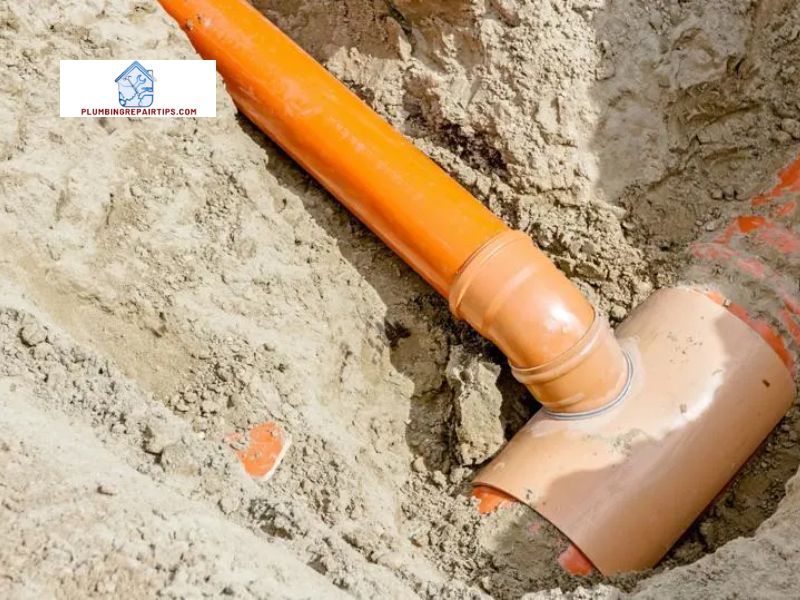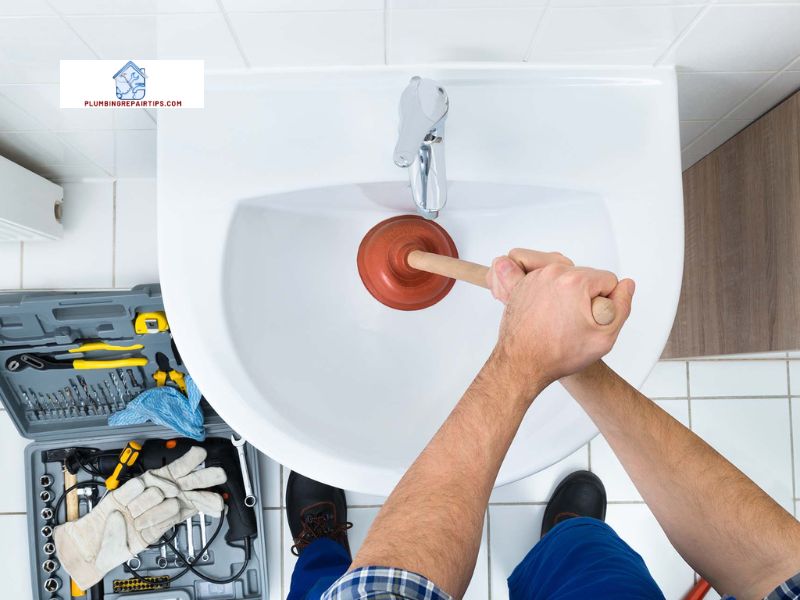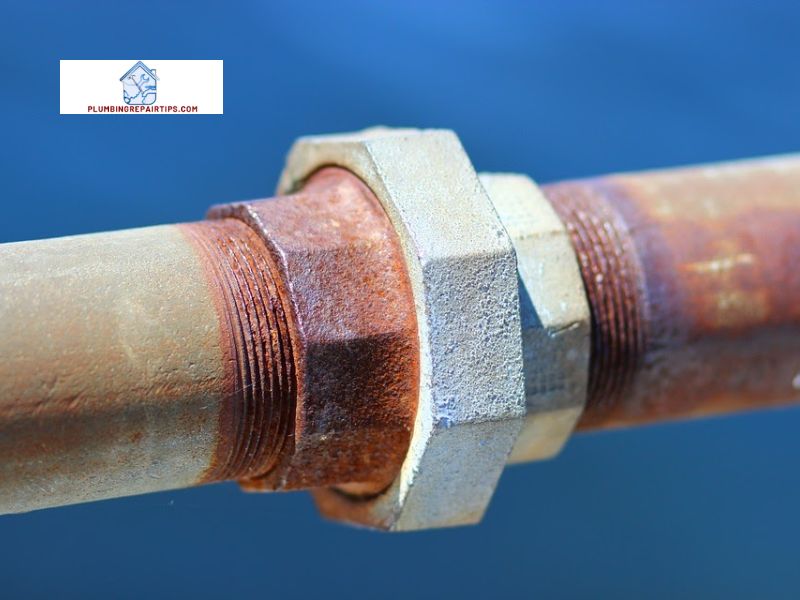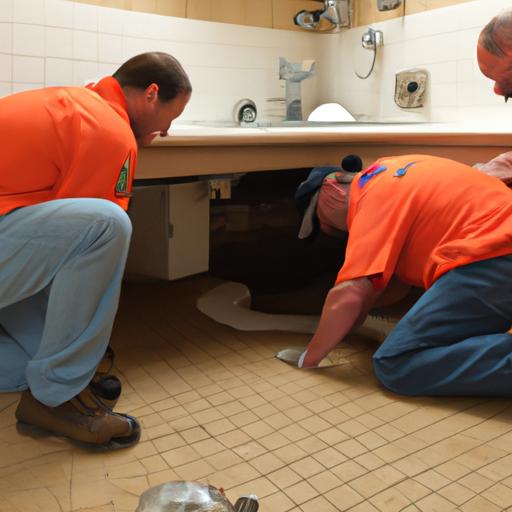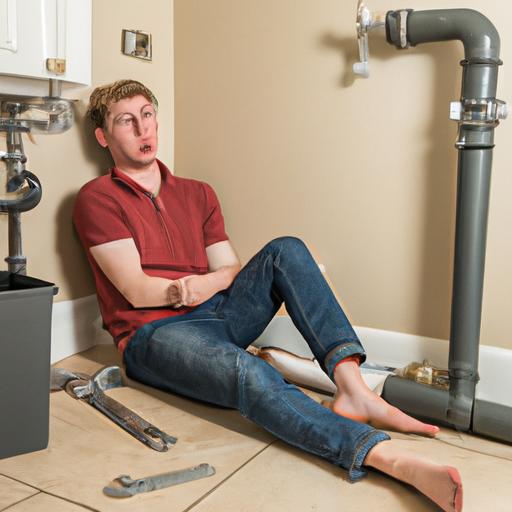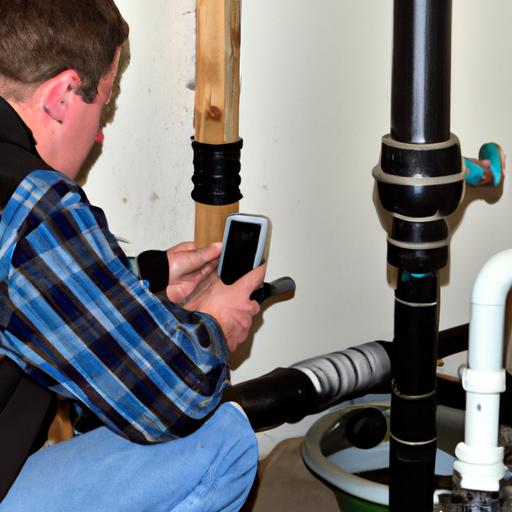Introduction
Have you ever experienced the frustration of turning on your shower only to be greeted by a blast of cold water? Or perhaps you’ve wasted gallons of water waiting for it to heat up. These are common issues that can arise from a malfunctioning hot water recirculation system. But fear not! In this comprehensive guide, plumbingrepairtips.com will walk you through the ins and outs of Hot water recirculation system repair, ensuring you never have to endure another icy shower again.
Hot water recirculation systems play a vital role in providing a continuous supply of hot water throughout your home. They work by circulating hot water from the water heater to the faucets and fixtures, eliminating the need for you to wait for the water to heat up. This convenience not only saves you time but also conserves water.
However, like any mechanical system, hot water recirculation systems can encounter issues that require repair. Leaks, pump malfunctions, and valve problems are among the most common culprits. These problems can disrupt the smooth operation of your system and compromise your comfort. But fret not! With a little know-how and the right tools, you can tackle these repairs yourself and restore your hot water recirculation system to its optimal performance.
In the following sections, I’ll guide you through the troubleshooting process, offer step-by-step repair instructions, and provide essential maintenance tips to prevent future issues. So, let’s dive in and uncover the secrets to a well-functioning hot water recirculation system!
Troubleshooting Common Problems

Identifying Common Issues
When it comes to hot water recirculation systems, several common problems can arise, causing disruptions to your hot water supply. By understanding these issues, you’ll be better equipped to troubleshoot and identify the root causes. Let’s take a closer look at some of the most frequent problems encountered in hot water recirculation systems:
1. Leaks
Leaks can occur in various parts of the system, such as pipes, valves, or fittings. These leaks can result in water wastage and reduced system efficiency. Look out for visible water puddles around the system or any signs of dampness on walls or floors.
2. Pump Malfunctions
The pump is the heart of a hot water recirculation system, responsible for circulating the hot water. If the pump fails, you may experience inconsistent water temperature or no hot water at all. Pay attention to any unusual noises coming from the pump or if it fails to start.
3. Valve Issues
Valves control the flow of hot water throughout the system. If valves become stuck or fail to operate correctly, it can lead to inadequate water circulation or even a complete lack of hot water. Keep an eye out for valves that are difficult to turn or appear to be stuck in a particular position.
Step-by-Step Troubleshooting
Now that we’ve identified the common problems, let’s dive into the troubleshooting process. Follow these step-by-step instructions to determine if a repair is necessary for your hot water recirculation system:
Step 1: Visual Inspection
Perform a thorough visual inspection of the system, checking for any visible leaks, loose connections, or damaged components. Take note of any abnormalities or signs of wear and tear.
Step 2: System Testing
Turn on the hot water at various fixtures in your home and observe the water temperature and flow. If the water is not consistently hot or if there are significant delays in receiving hot water, it may indicate an issue with the recirculation system.
Step 3: Pump Evaluation
Inspect the pump for any signs of damage or malfunction. Listen for unusual noises, ensure it is receiving power, and check if it is running smoothly. If the pump appears to be the culprit, further investigation or repair may be necessary.
Step 4: Valve Assessment
Examine the valves in your hot water recirculation system. Test their functionality by opening and closing them to ensure smooth operation. If any valves are sticking or not functioning correctly, they may require repair or replacement.
By following these troubleshooting steps, you’ll gain valuable insights into the condition of your hot water recirculation system and be able to determine if a repair is needed. In the next section, we’ll explore the essential tools and materials you’ll need for successful repairs.
Tools and Materials Needed for Hot Water Recirculation System Repair
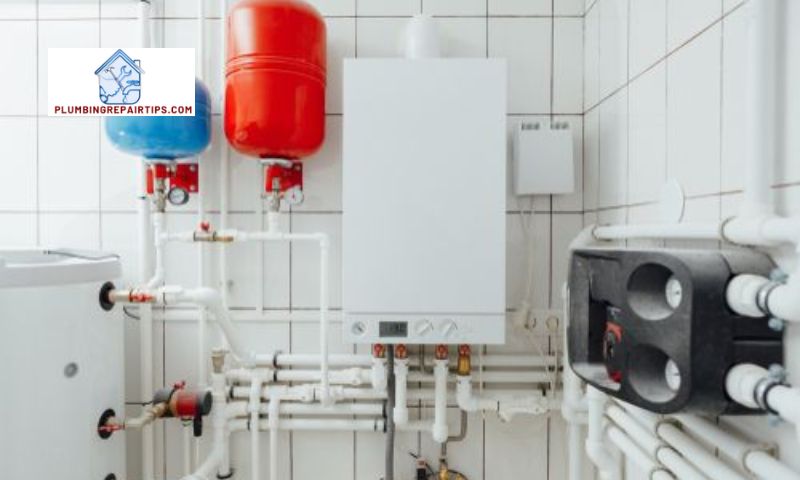
Essential Tools
When it comes to repairing your hot water recirculation system, having the right tools at your disposal is crucial. Here are some essential tools you’ll need:
- Adjustable wrench: A versatile tool that allows you to tighten or loosen various nuts and bolts during the repair process.
- Pliers: Both slip-joint pliers and needle-nose pliers come in handy for gripping and manipulating small components.
- Screwdrivers: Having a set of different-sized screwdrivers, both flathead and Phillips, ensures you can easily remove screws during disassembly.
- Pipe cutter: If you need to replace sections of pipe, a pipe cutter will help you make clean and precise cuts.
- Tubing cutter: Similar to a pipe cutter, a tubing cutter is essential for cutting copper tubing.
- Pipe wrench: For those stubborn and hard-to-reach connections, a pipe wrench provides the extra leverage you need to loosen or tighten pipes.
Necessary Materials
Alongside the tools, certain materials are essential for hot water recirculation system repair. Make sure you have the following items on hand:
- Replacement parts: Depending on the specific issue, you may need to replace components like valves, pumps, or seals. Identify the faulty parts beforehand and have replacements ready.
- Plumbing tape: Also known as Teflon tape, this thin white tape helps create a watertight seal when wrapping around threaded connections.
- Plumber’s putty: A pliable substance used to create a watertight seal around drains and faucet bases.
- Pipe joint compound: This compound, commonly referred to as pipe dope, helps create a seal on threaded connections.
- Flux and solder: If you’re working with copper pipes, flux, and solder are necessary for soldering joints and ensuring leak-free connections.
- Rubber gaskets or O-rings: These small but crucial components help seal connections and prevent leaks.
Importance of Preparedness
Before diving into any repairs, it’s crucial to have all the necessary tools and materials readily available. By being prepared, you can save time, avoid unnecessary trips to the hardware store, and ensure a smoother repair process. Remember, a well-stocked toolbox is your best friend when it comes to tackling hot water recirculation system repairs.
Step-by-Step Repair Process
Identifying and Repairing Leaks
Leaky pipes can be a major headache when it comes to hot water recirculation systems. Not only do they waste water, but they can also lead to water damage and mold growth. Follow these steps to repair leaks in your system:
- Shut off the water supply: Before starting any repairs, ensure the water supply to the system is turned off. Locate the shut-off valve, typically found near the water heater or in the utility room.
- Identify the leak: Thoroughly inspect the pipes and connections for any signs of leakage. Look for water stains, dampness, or pooling water.
- Repair minor leaks: If the leak is small, you can often fix it by tightening loose connections with a wrench or applying plumbing tape to seal the leak. Be careful not to overtighten and damage the pipes.
- Replace damaged components: For larger leaks or damaged pipes, you may need to replace the faulty components. Turn off the water supply and use a pipe cutter or hacksaw to remove the damaged section. Install a new pipe or fitting, ensuring a secure connection.
Troubleshooting Pump Malfunctions
When your hot water recirculation system fails to pump hot water effectively, it may be due to pump malfunctions. Follow these steps to troubleshoot and repair pump issues:
- Check the power supply: Ensure the pump is receiving power by verifying that it is plugged in and the circuit breaker is not tripped. If necessary, reset the breaker or replace blown fuses.
- Inspect the pump for blockages: Remove the pump cover and inspect the impeller for any debris or obstructions. Clean the impeller and surrounding area using a soft brush or cloth.
- Lubricate the pump: Some pumps require periodic lubrication to maintain optimal performance. Refer to the manufacturer’s instructions for the appropriate lubricant and application method.
- Replace a faulty pump: If the pump is beyond repair or continues to malfunction, it may need to be replaced. Consult a professional or follow the manufacturer’s guidelines for pump replacement.
By following these step-by-step repair processes, you can address common issues such as leaks and pump malfunctions, bringing your hot water recirculation system back to its full functionality. Remember to exercise caution, follow safety guidelines, and consult a professional if you encounter any difficulties.
Safety Precautions
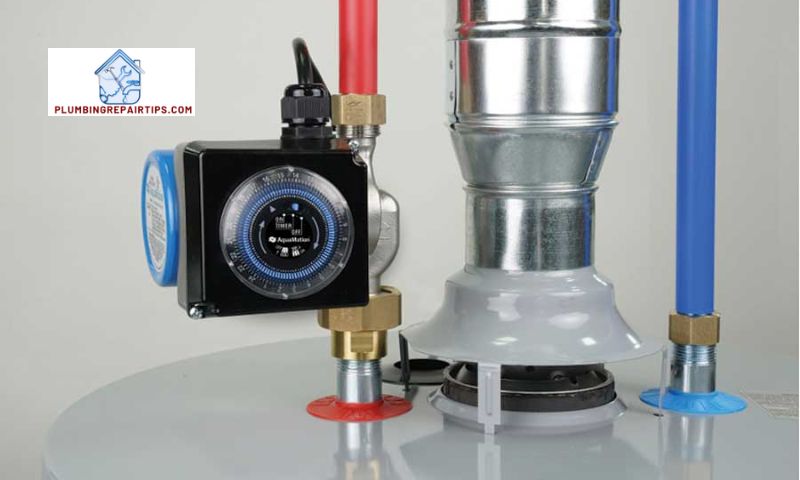
When it comes to repairing a hot water recirculation system, ensuring your safety should be your top priority. Here are some crucial safety precautions to follow before, during, and after the repair process:
1. Protective Gear: Shield Yourself
Before getting your hands dirty, make sure to equip yourself with the appropriate protective gear. Safety goggles, gloves, and even a face mask can safeguard you from potential hazards such as flying debris, chemicals, or dust particles. Remember, prevention is key!
2. Electrical Safety: Power Down
Hot water recirculation systems often involve electrical components. To avoid the risk of electric shock, start by turning off the electrical power supply to the system. Locate the circuit breaker corresponding to your system and switch it off before handling any electrical connections or components. Safety first!
3. Avoid Scalding Hot Water: Be Cautious
Hot water can cause severe burns, so it’s crucial to take precautions to prevent scalding accidents. Before starting any repair work, turn off the water heater and allow the system to cool down. Be mindful of the temperature when handling pipes or components that may still contain hot water. Stay safe and prevent injuries!
4. Handle Tools and Materials with Care
Using the right tools and handling them correctly is essential for both your safety and the success of the repair. Here are a few tips to keep in mind:
a. Proper Tool Selection: Choose Wisely
Select tools that are suitable for the task at hand. Wrenches, pliers, and screwdrivers are common tools you may need when repairing a hot water recirculation system. Ensure they are in good condition and the right size for the job.
b. Firm Grip: Hold Tight
Maintain a firm grip on your tools to prevent slip-ups that could result in injury or damage to the system. A secure hold provides better control and reduces the risk of accidents.
c. Mindful Handling: Exercise Caution
When working with sharp or heavy tools, take extra care. Slow and deliberate movements can help avoid accidents. Always be aware of your surroundings and the potential risks involved.
By following these safety precautions and handling tools and materials with care, you can minimize the chances of accidents and ensure a safe repair process. Remember, your well-being is paramount throughout the entire repair journey. Stay cautious, protect yourself, and let’s dive into fixing that hot water recirculation system!
Conclusion
Repairing a hot water recirculation system doesn’t have to be a daunting task. By following the troubleshooting steps, equipping yourself with the necessary tools and materials, and taking proper safety precautions, you can successfully tackle common issues that may arise in your system.
Remember, timely repairs and preventive maintenance are key to ensuring the longevity and efficiency of your hot water recirculation system. Regular inspections, periodic flushing, and addressing minor issues promptly can save you from costly repairs down the line.
So, the next time you find yourself in need of a hot water recirculation system repair, don’t panic! With the knowledge and guidance provided in this article, you’ll be well-equipped to handle the task and restore the continuous supply of hot water to your home.
Say goodbye to cold showers and wasted water. Take charge of your hot water recirculation system, and enjoy the comfort and convenience it brings. Start troubleshooting, repairing, and maintaining your system today, and experience the satisfaction of a job well done.
Remember, a little effort goes a long way when it comes to keeping your hot water recirculation system in top shape. So, why wait? Let’s get started on repairing and optimizing your system now!
Keep in mind that some complex repairs may require professional assistance. If you feel unsure or uncomfortable with any repair, it’s always best to consult a certified plumber or technician.
